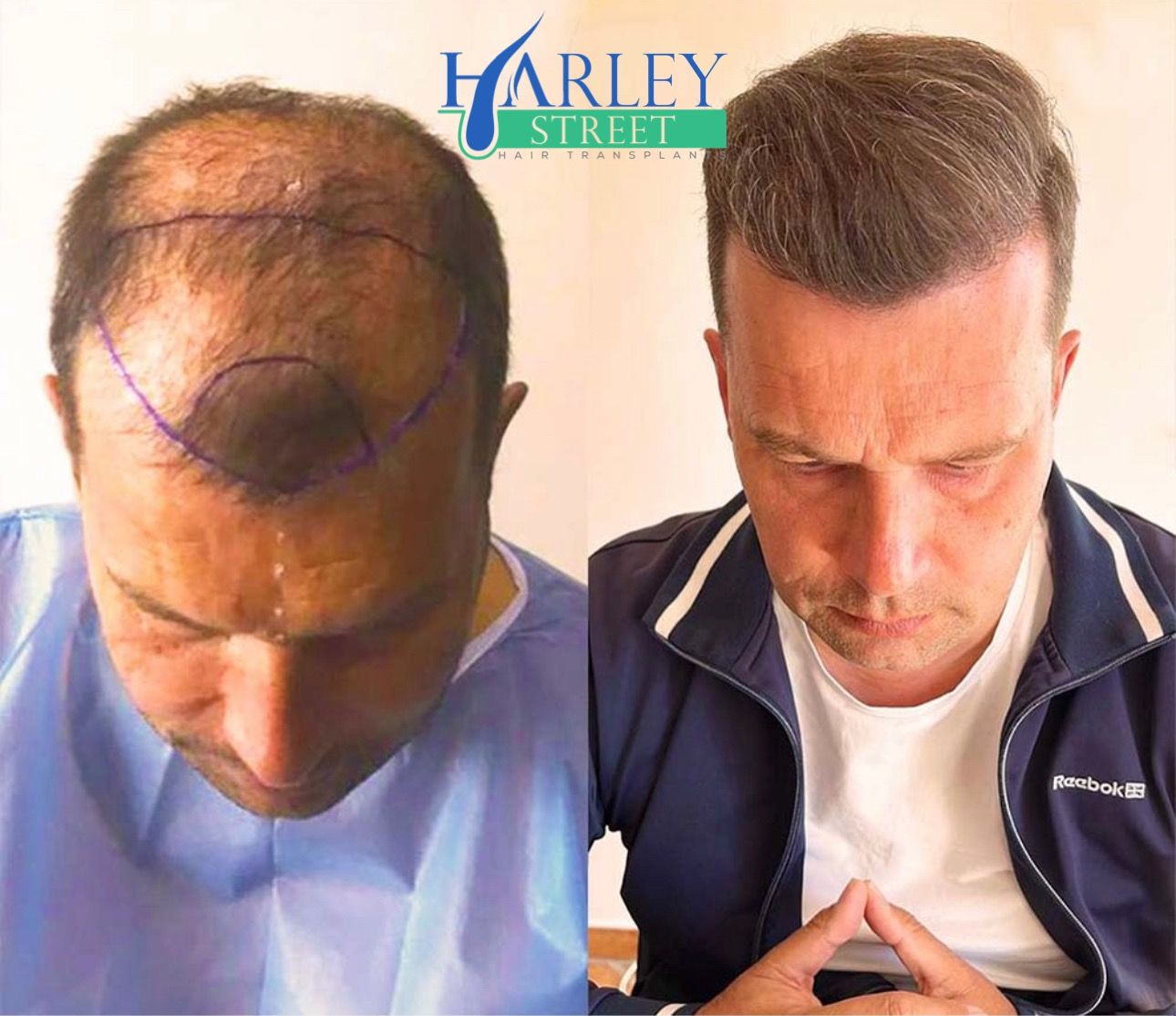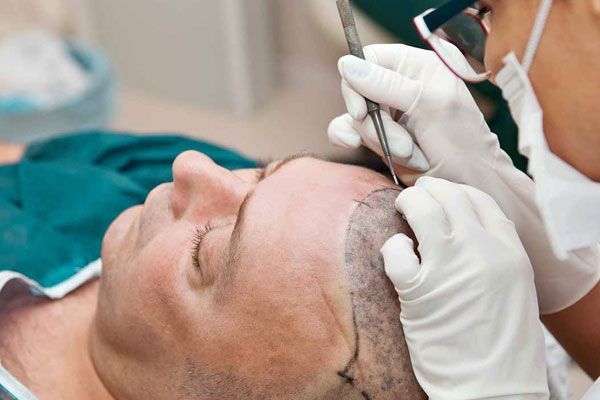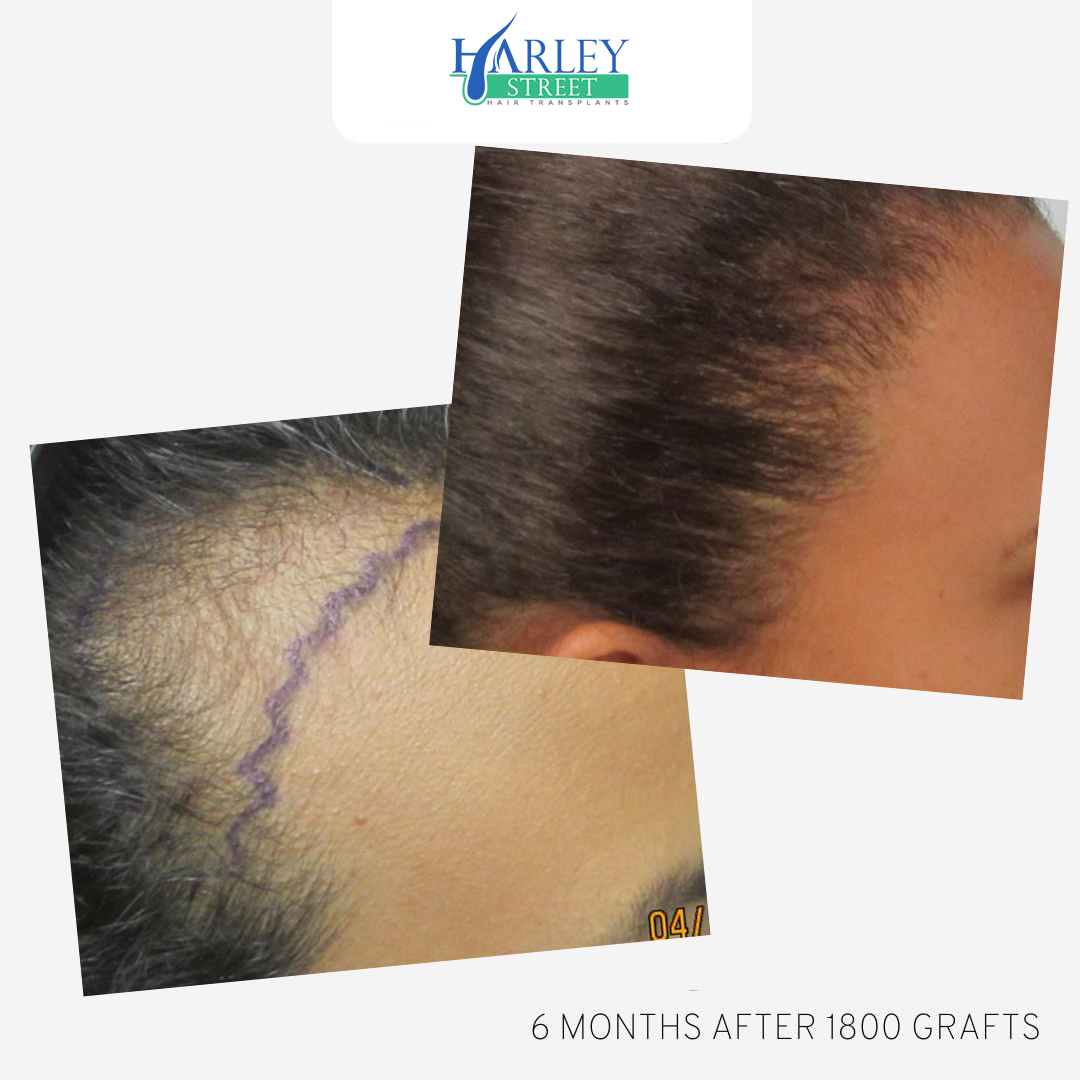Blog Details
HOME > BLOG DETAILS

Are you worried about hair loss? One of the leading causes of hair loss is an autoimmune disorder called alopecia. On this page you’ll find everything you need to know about alopecia, including: causes, symptoms, and the different hair transplant treatments.
WHAT IS ALOPECIA?
Alopecia is a broad term doctors give to a number of autoimmune diseases that cause hair loss in men and women. Alopecia can be categorised in one of two ways, pattern baldness and sudden hair loss.
Pattern baldness, is where some alopecia strains progress in a way that is highly typical. People lose hair in similar ways at, generally speaking, similar rates. In men, male pattern baldness (or androgenetic alopecia) is the most common. In women, this is called female pattern baldness. In either case, pattern baldness is measured, by surgeons, using the Norwood Hamilton Scale, for men, and the Ludwig Scale, for women.
In many cases, pattern baldness is a slow and steady process. Many patients will see the gradual thinning and receding of their hair lines and vertex (top of the scalp) areas. In almost all cases, patients lose the ability to regrow hair, causing them to either go bald or get a hair transplant.
Sudden hair loss can also affect many patients in the UK. This is where areas of the head, scalp, beard, or eyebrows will suddenly experience a sudden loss of hair in a small concentrated area. Unlike pattern baldness, there is no way of telling how, of if, this will progress.
In some case, sudden hair loss in a particular area will simply go away and there will be new hair growth in the once affected area. However, this may not prevent further hair loss in another, area.
Some of the more sudden alopecia strains are classed as autoimmune diseases. This is where a person’s immune system attacks a part of its own body as it sees this area as a foreign body. Although sudden hair loss is, in itself, not life threatening, you may want to get this checked by a doctor just to make sure this is nothing more serious .
WHAT KINDS OF ALOPECIA ARE THERE?
There are many different forms of alopecia affecting men and women today. Here is an extensive list of the different alopecias:
Alopecia Areata
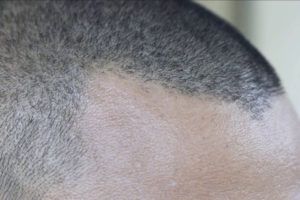
This is the most common form of alopecia amongst men and women. Sometime called pattern hair loss. This is where a patient will experience losing hair in a patterned manner that can be monitored and predicted. As stated earlier, this form of hair loss is measured using the Norwood Hamilton Scale (for men) and Ludwig scale (for women).
Pattern hair loss is principally caused by inherited factors. This means it is part of your genetic makeup. Sometimes, this form of alopecia can be quickened by environmental factors such as stress.
Unlike other forms of alopecia, pattern hair loss will always result in irreversible hair loss. There are medical treatments to slow (chemicals like minoxidil and finasteride) and fix (hair transplant) this form of alopecia.
Androgenetic Alopecia
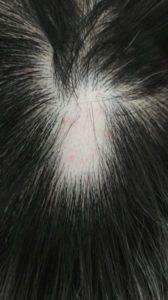
Alopecia areata, sometimes referred to as “spot baldness” is where bald patches or bald spots occur on an area of the beard or scalp. Often, these can look like coin sized patches of skin that are surrounded by unaffected hair.
Although little is known about alopecia areata, doctors believe this to be an autoimmune disorder where the immune system attacks a certain area of hair. Scientific research is unclear in its findings on alopecia areata. Scientists can’t decide whether alopecia areata is caused by your genetics (relating to family history) or the environment (related to things like stress). In truth, it is likely influenced by both!
In comparison to androgenic alopecia, or pattern hair loss (a type of hair loss often seen as “normal” by society), Alopecia areata can cause excessive stress for many sufferers, with many people not knowing where to turn. Given that alopecia areata sufferers experience with patchy hair loss, many wonder how they are able to hide, or simply live with, the condition given the aesthetic standards and attitudes over beauty in society. As such, the national alopecia areata foundation has been created to help support groups of patients suffering with alopecia areata across the globe.
Alopecia Totalis
This strain of alopecia occurs when a patient has seen a complete loss of hair on their scalp. Alopecia totalis is thought, like alopecia areata, to be an autoimmune disease. In many cases, patients with alopecia totalis may have suffered with alopecia areata previously.
Alopecia Universalis
Different to alopecia areata totalis, this condition is where patients will experience hair loss across the entire body. Patients with this condition will suffer hair loss on their scalp, eyebrows, beard, and body hair.
More extensive hair loss is prevalent more than any other condition and is exceptionally rare amongst populations across the world. In the United States, rates of alopecia universalis and totalis combined are said to account for 20.2 people per 100,000 (study).
Occipital Alopecia
Occurring in early infancy, occipital alopecia refers to baldness of the scalp area where your occipital lobe (in your brain) is located. As for causes, doctors believe this to occur for two reasons. First, during pregnancy where a baby’s telogen effluvium is in a localised part of the scalp and in an anlagen phase until weeks after birth. Second, occipital alopecia can sometimes occur as a result of babies lying in a supine (facing upwards) position, this is caused by friction.
Cicatricial (Scarring) Alopecia
This is where patients will suffer irreversible hair loss as a direct result of inflammation on the affected scalp area. Usually, scarring alopecia occurs a s result of an environmental stressor such as a heat/chemical burn, or a scar that does will not heal. In any case, the inflammation caused kills the hair follicles and prevents any hair from being grown in this place in the future.
Will hair grow back after alopecia?
Hair regrowth is highly dependent on the form of alopecia you’re suffering with. If you’re suffering with pattern alopecia, then the answer is a certain no. Your hair loss will continually progress over an extended period of time. If you wish to regrow your hair, you will need a hair transplant
In the case of alopecia areata, many sufferers are able to regrow hair in areas they have previously suffered with. However, this may not prevent another other (or the same) bald patches from developing in the future. Cases vary from patient to patient. However, if your specific hair loss does not yield new growth, you may still be eligible for a hair transplant! Be sure to discuss it with one of our experienced surgeons.
What treatment options are available for alopecia?
We offer a range of different hair transplant methods to treat those suffering with alopecia. Depending on your specific case, we have a treatment tailored to you! Our most popular methods are:
Follicular Unit Extraction (FUE) – Using brand new technology, an FUE hair transplant is minimally invasive and offers the highest yield of hair regrowth. Extracting individual follicles hair from a donor area and implanting them into your affected area, this treatment boasts a swift procedure, short recovery time, and a minimal amount of scarring. This method is suitable to both alopecia areata and pattern hair loss.
Follicular Unit Transplantation (FUT) – Often called the “strip method”, the FUT hair transplant is a stalwart hair loss procedure. Tried and tested over decades of use, this surgical procedure takes larger strips of hair from the back of your head, separates the strip into smaller grafts under microscope, and implants these onto your affected area. This is adept at treating the most severe cases of androgenetic alopecia.
Platelet Rich Plasma (PRP) – This clever procedure uses your own body to stimulate hair growth! Although not strictly a hair transplant method, this treatment is designed to bolster the hair already on your head, making it a great preventative method for those suffering with pattern hair loss. After taking a small sample of your blood, your platelet rich plasma is separated and injected into your affected area. This, as scientifically proven, stimulates new cell growth.






